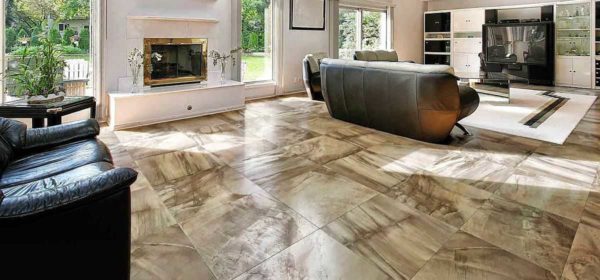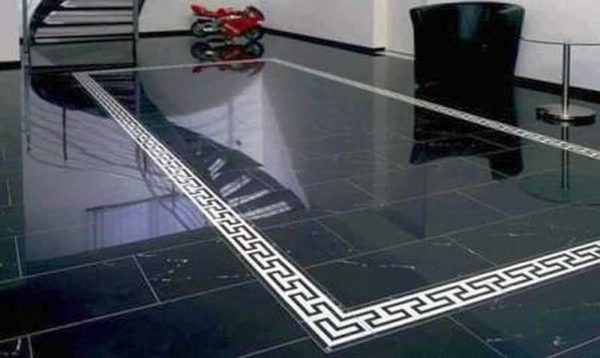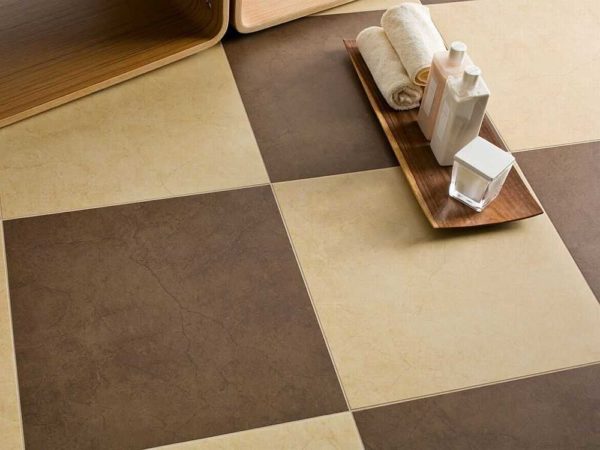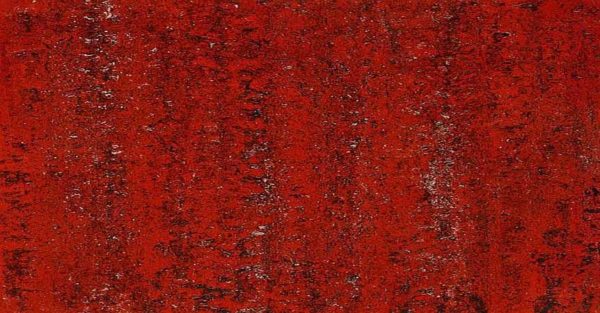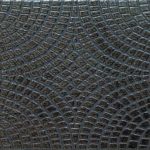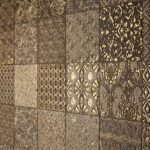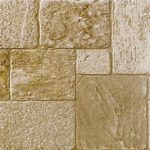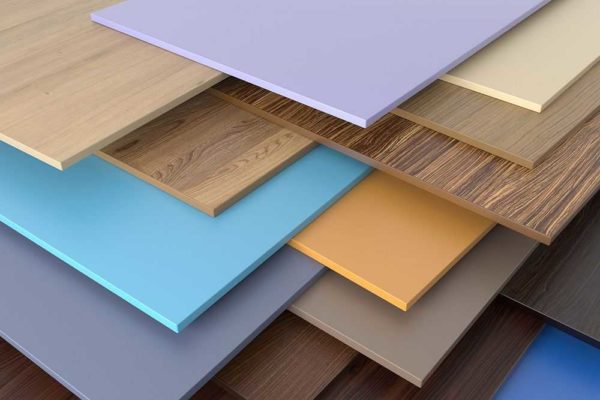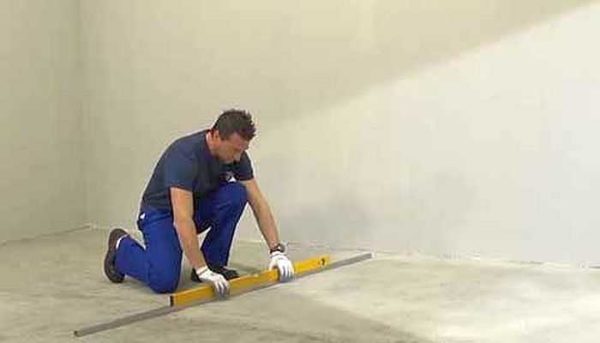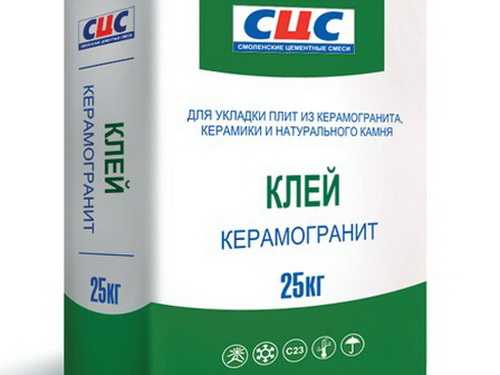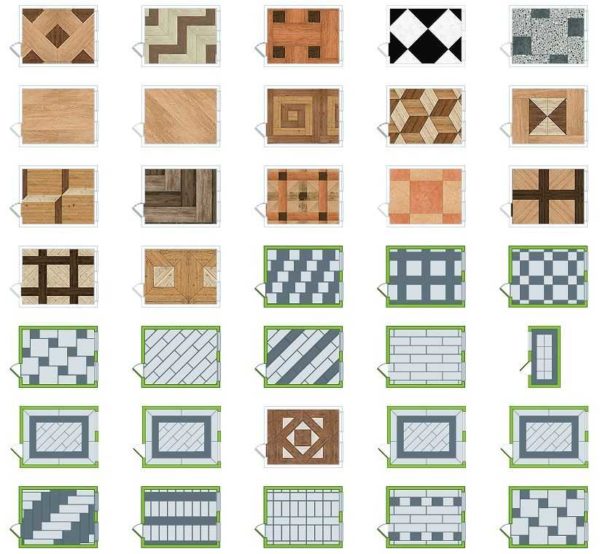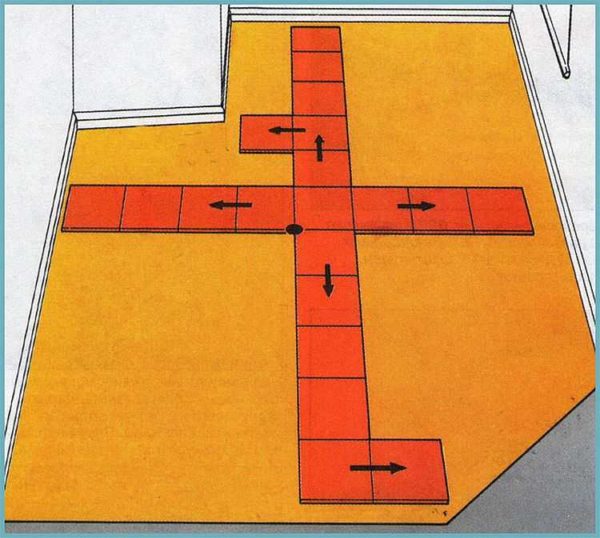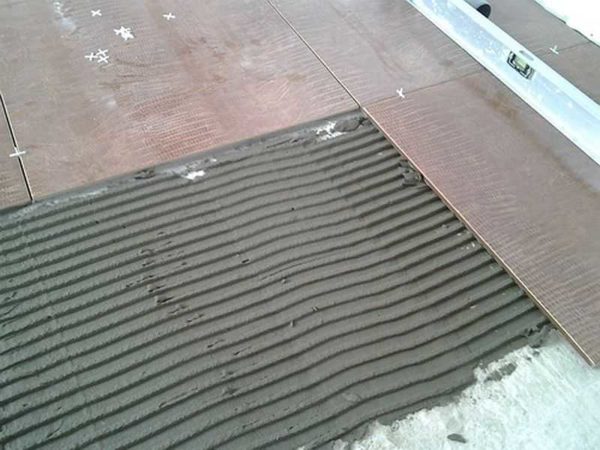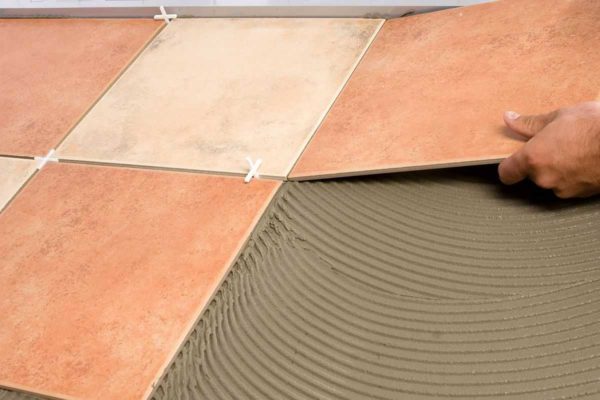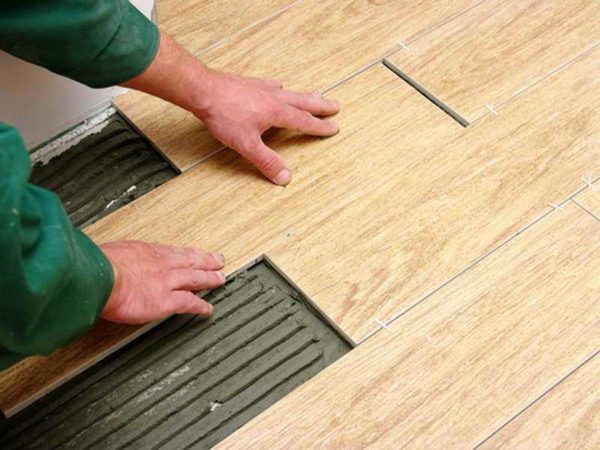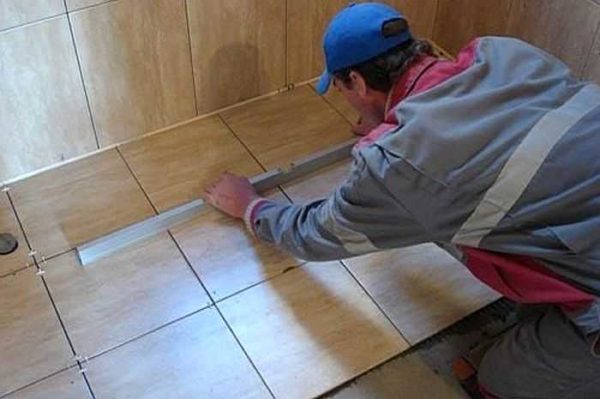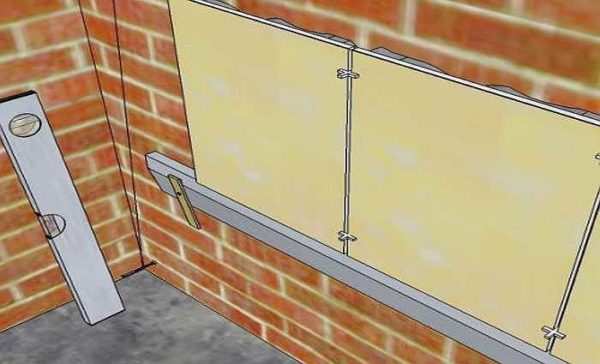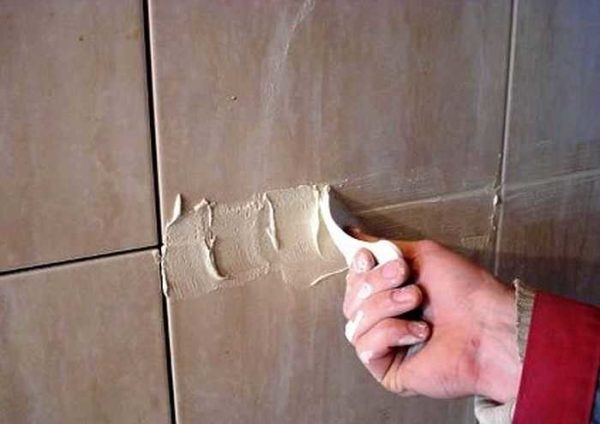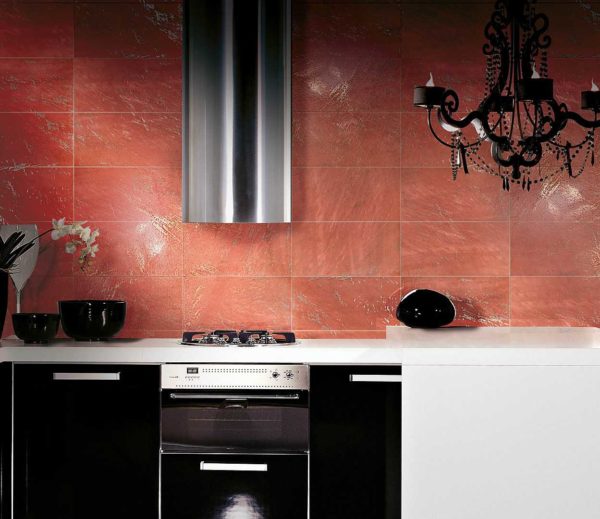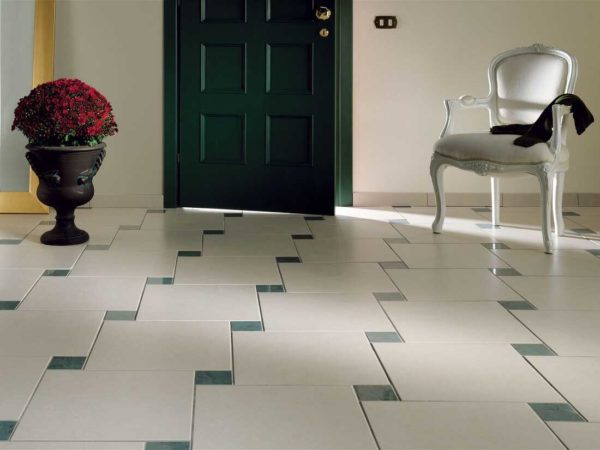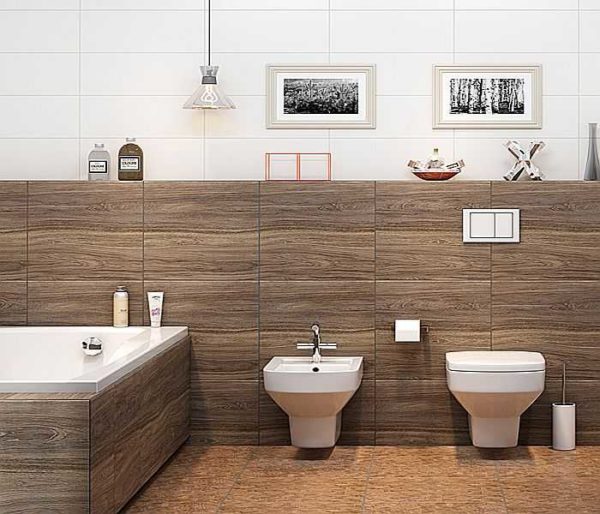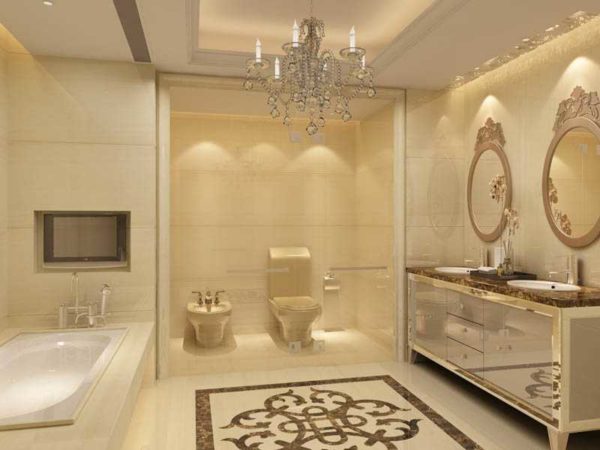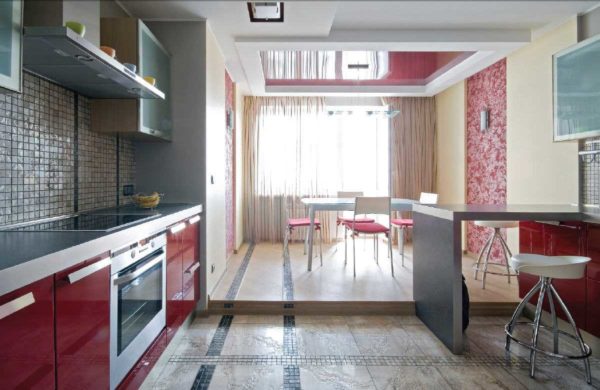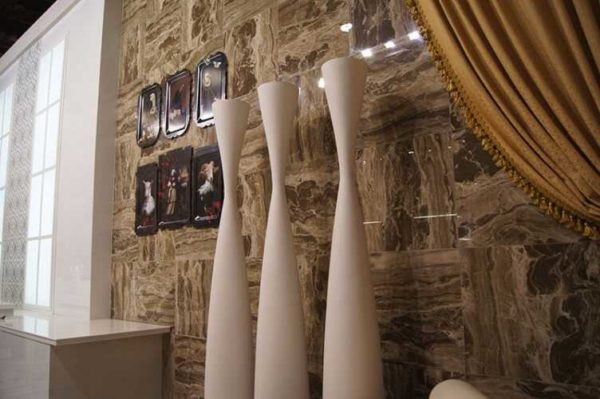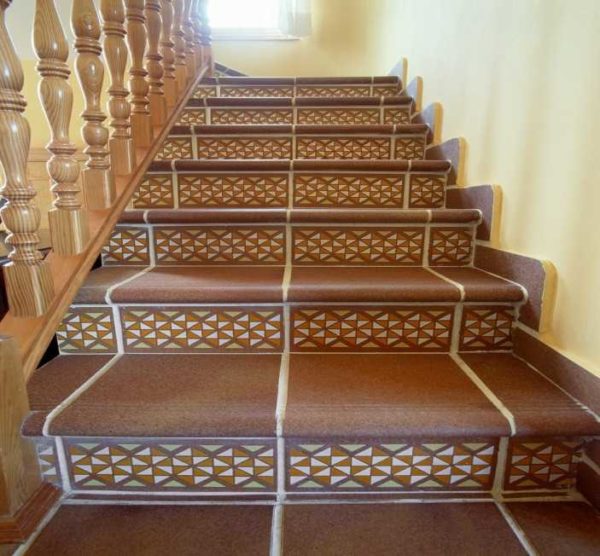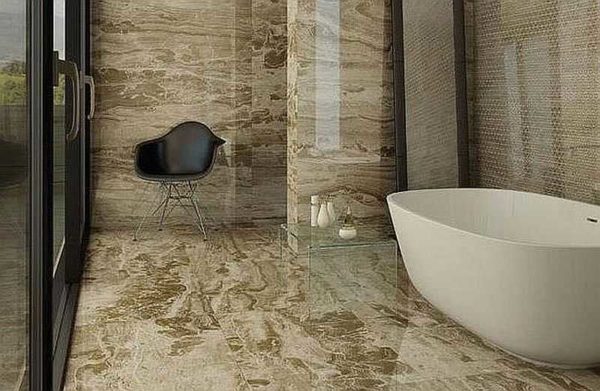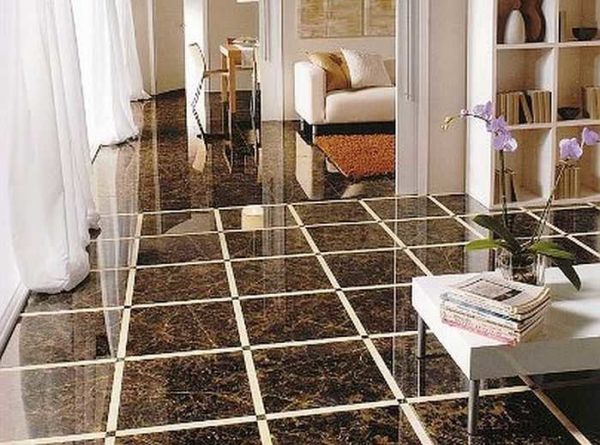How to lay porcelain stoneware + photo in the interior
Are there many finishing materials that are beautiful, not afraid of water, frost, heat, temperature changes, resistant to mechanical stress, not fading, easy to clean. I think not so much. One of them is porcelain stoneware. This combination of qualities contributes to the high popularity of the material - it is used in exterior and interior decoration. The complex system of external fastening does not make it possible to do it yourself, but laying porcelain stoneware on the floor or walls inside the premises is a task of average complexity and can be done by hand, without the involvement of specialists.
The content of the article
Types of porcelain stoneware
The most widespread among us is polished porcelain stoneware, there is also matte and semi-polished. But these are not all types of this material. There are a few more interesting variations that few know about yet. We will deal with all types and their main characteristics.
- Polished and semi-polished (differs in the degree of polish and gloss). This is the most spectacular view. And, although it is more expensive than other types, it is used quite often. But it should be borne in mind that during operation the polishing becomes dull and over time the surface becomes dull. There is another disadvantage of polished porcelain stoneware - polishing opens previously closed pores. As a result, the spilled liquid is absorbed, leaving traces. Therefore, many manufacturers varnish porcelain stoneware tiles. If there is no such coating, it must be applied after installation. Another unpleasant moment: if liquid gets on such a surface, the floor becomes very slippery.
- Glazed. Outwardly, it looks like ceramic tiles, but it is more durable. The porcelain stoneware tiles were glazed and then fired in the oven. If this material is used in places with heavy loads, the thin decorative layer will fray and the finish will lose its appearance.
- Matt. These are molded boards without further processing. The matte porcelain stoneware surface is not as effective as the polished one, but this type of finish is non-slip even when wet and can be used in kitchens and bathrooms.
- Technical. The cheapest material from this group. It is somewhat reminiscent of natural granite, not very decorative, but very durable. It can serve for more than ten years even in places with high mechanical stress. You can use it on the floor in technical rooms, on verandas, terraces, lay out paths on the site.
- Satin (satin). This porcelain stoneware has a very decorative and unusual look. The surface resembles satin, has a soft sheen, but does not withstand significant loads, and therefore is more used for wall decoration.
- Structured. This type has a different type of relief surface. There are simply interesting reliefs, and there are imitations of leather, natural stone, wood. The most popular of this group is wood-effect porcelain stoneware (ceramic parquet).
- Structured porcelain stoneware can be different
- This is also porcelain stoneware
- Imitation of the stone surface is suitable for laying on a terrace or open veranda
- This is an option "under the stone" for walls
As you can see, there is plenty to choose from - for different requirements, for different tasks, interiors and premises. Each type comes in dozens of colors and shades, a very wide range of sizes. The minimum size of a porcelain stoneware tile is 5 * 5 cm, the maximum size is 120 * 360 cm (this is a facade). The most popular sizes for interior decoration are 30 * 30 cm, 45 * 45 cm and 60 * 60 cm. The thickness is also different - from 3 mm to 30 mm. By the way, it should be said that correctly laid porcelain stoneware (on a flat surface without voids) with a thickness of 3 mm can withstand the same loads as 3 cm.
The amount of porcelain stoneware is calculated simply: by area, but at least another 10% margin is required. This is insurance against measurement errors and undercutting, which is inevitable.
What to look for when choosing
When choosing porcelain stoneware, one should pay attention not only to the appearance, but also to the quality. Before making a purchase, first inspect several samples, preferably from different packs. By external signs, you can say with a high degree of reliability how high-quality the material is in front of you.
- Measure the dimensions of the tiles. They may differ by a few millimeters from those stated. If you are not going to combine them with porcelain stoneware of a different size, it may not be scary, but you need to know about it. Worse, if the tiles from different packs are of different sizes - the laying of porcelain stoneware turns into a difficult task. It is better to refuse such material.
- Look at the end of the porcelain stoneware tile. Unless it is a structured or satin variety, the flank should look the same as the front.
- Examine the back. Diamonds or squares should be formed here. The optimal cell size is 1.5-2 cm, the height of the projection is 2-3 mm. If the squares are more than 3 cm or more, and the protrusions are high, you have low quality porcelain stoneware.
- When purchasing, check the geometries of several tiles taken from different boxes. Measure multiple tiles. Ideally, there should be no run-up in size. Also check if the edges are even, the surface is not bent / concave, and there is no "propeller".
If all tests are passed successfully, porcelain stoneware can be taken. But there are a few more points. Make sure all bundles are the same size and thickness. Take out the tiles and compare the shades. Quite noticeable differences are often encountered, which then catch the eye when laying porcelain stoneware.
Preparation of the base for laying porcelain stoneware
Like most finishing materials, this one is laid on a flat, clean, primed surface. The best base is concrete or cement-sand screed. The height difference per 1 square meter should not be more than 1 cm.If the difference is more significant, fill in a leveling screed with a thickness of at least 3 cm.
If the differences are within acceptable limits, the surface is first cleaned of the old coating, if any. Cracks, potholes and chips are closed. Then a primer is applied (deep penetration) for better adhesion (adhesion).
What to put on
Since porcelain stoneware has a very low hygroscopicity, putting it on a regular cement-sand mortar is a waste of time and money. Water is not absorbed into the surface of this material, and the tile practically does not hold. It is with such an adhesive that the finish "bounces". There is almost no adhesion with the solution.
For heavy facing materials, a special glue is made with a large amount of polymer additives. This composition has many times greater adhesion capacity, so that even with very low hygroscopicity, it holds porcelain stoneware well. It is not worth using a cement-sand mortar for laying. In this case, there is a high probability that the tiles will separate from the floor or walls during use.We'll have to take it out, gouge out the solution, prime and plant the porcelain stoneware already on special glue.
Laying porcelain stoneware with your own hands
Inspect the tiles before laying. Many manufacturers at the factory cover the front side with a protective layer - technical paraffin. It prevents scratches during transportation. The paraffin must be removed before laying. It can be easily cleaned with a spatula. Then the surface is washed with soapy water (with any detergent), after which the porcelain stoneware tiles are dried. It is forbidden to wet it before laying.
A little about the conditions in which the work should be carried out. The minimum temperature at which porcelain stoneware can be laid is + 5 ° C, the optimum is + 18-20 ° C. If it is placed on a heated floor, the heating must be turned off no later than 36 hours before the start of work, and can be turned on only 3-4 days after the end of the installation.
Laying methods
Porcelain stoneware can be laid in any pattern that only you like. You can combine different sizes, colors, embed decorative elements.
In addition to choosing a laying pattern, you need to decide on the width of the seam. It can be from 0 mm to 10 mm. Seamless installation is most often used with polished materials. Then the effect of a solid surface is created. This option is not at all suitable for warm floors - it does not allow to compensate for thermal expansion.
In the case of laying with seams, they are kept with the help of special inserts, traditionally using plastic crosses of the required size. After the glue has set, the seams are filled with a special paste - they are rubbed. The color of the paste can be matched or contrasting.
Floor mounting
Further, according to the instructions, the glue is diluted (do not be mistaken with the volumes, as it hardens quickly). On a primed floor, a layer of glue is applied with an ordinary spatula. At a time, they usually lay about a square meter - there is no more time and the composition will begin to harden.
The thickness of the standing glue depends on how flat the base is, the dimensions of the tiles and the properties of the glue. Therefore, speaking in general is difficult. But from experience we can say that when laying porcelain stoneware tiles up to 60 cm in size on a perfectly flat floor, you can take an 8 or 10 notched trowel and distribute glue to them. With upsetting, the actual layer is 3-4 mm. This is quite enough. If you need more complete information, it can be found on the official website of the glue manufacturer.
It is necessary to start laying from the center of the room. To make it easier to navigate, two lines are beaten off on the floor with a coated paint cord, which give the center at the intersection. In relation to this center, laying is carried out in the future, moving in one direction and the other towards the walls.
In the center can be the corner of the tile (as in the photo below) or its middle - it depends on the scheme. In general, in order to evaluate how the selected layout scheme will look for you, you should lay it out "dry". In addition to the fact that you can really see if everything will look good, and change the luggage scheme if necessary, you will also have a clear idea of where which cuts are needed and when to put which tiles.
So, the laying of porcelain stoneware occurs in the following sequence:
- Glue was applied to a floor measuring approximately 1 sq. M.
- Remove the excess with a notched trowel, forming a relief.
- We take dry porcelain stoneware tiles, put them in the right place. It must be well pressed down and moved back and forth or with a circular offset.
- The fragment is put in place, crosses are inserted (if styling with a seam).
- Take the second one, lay it down as well.
When laying, glue often appears in the seams, sometimes it gets on the front surface. The fact that the glue comes out is good, it means there are no voids under the tiles.But it must be wiped off immediately with a damp sponge, then with a dry cloth. Even the slightest traces should not remain on the surface: if the glue dries, it is almost impossible to remove it.
The tile installation process is repeated over and over until the entire space is filled. In this case, it is necessary to monitor the planes so that the seams are even and of the same thickness, and the edges of the tiles are in the same plane. All this is verified by the building bubble level. When laying porcelain stoneware with your own hands, it is worth remembering that you can correct the position of the tiles only within 4-5 minutes after laying the mortar. Then he grabbed, and nothing you can do. Therefore, check the planes and seams regularly.
Please note that there should be no voids under the tiles, even minimal ones. Then the finish will last for a long time and without problems. In the presence of voids, porcelain stoneware in this place may crack or rebound.
Features of laying on the wall
When installing porcelain stoneware on the wall, special glue is also used. The peculiarity is that the laying starts from the bottom, and from the second row. A line is marked along the perimeter of the wall where the first row of porcelain stoneware tiles will end (taking into account the seam). A wooden plank (always flat) or a profile for gypsum cardboard is nailed along this line. The second and subsequent rows will "stand" on this bar. This is necessary, since the weight of even one element is quite solid, and with glue it will turn out even more. If such a tile is simply installed on glue, most likely, it will float - move downward. That is why this support is necessary.
Remove the bar after the topmost row has been laid, and then lay the first one. By this time, the second row had already "grabbed" for a long time and it would not be possible to move it, so you can work safely.
Grouting
The selected paste is diluted according to the instructions on the package. You should get a consistency close to sour cream, maybe a little thicker. Take a rubber spatula, scoop up a small amount of grout. With movements obliquely in relation to the seam, apply the paste, then pick up the excess by running a spatula along the seam.
After processing a piece of 1-1.5 squares, wipe the remaining paste with a clean, damp sponge. It is also necessary to remove the paste carefully, it sticks a little worse than glue.
How and what to cut
Large thickness porcelain stoneware is cut on special equipment with water blowing. But this is very rarely used for finishing the floor in an apartment or house. Usually the thickness of porcelain stoneware floor tiles is 4-8 mm. Very rarely, they take a thicker one: it is too expensive, and the weight is decent - it is not worthwhile to heavily load the floors unnecessarily. Such specimens can be cut with a good tile cutter or grinder. Discs, if you find, take special ones, on porcelain stoneware, if you don't find, you can try disks on stone.
The tile cutter must be of high quality, with a massive bed. It is very important that the cutting element (roller or rod) is of good quality.
You can walk on the tiled floor three days after installation.
Photo examples of interior decoration with porcelain stoneware

